Airless Tires: A Promising Curiosity
The general appearance of a car wheel with a central disk and a tire filled with air has been formed for a long time and has proved its effectiveness. However, regular attempts are made to radically restructure such a structure in order to increase its technical or economic characteristics. The so-called. airless tire with elastic elements and without compressed gas ..
Long story
The first options for airless tires appeared almost at the beginning of the last century. Often the reason for the appearance of such projects was a shortage of materials. Designers tried to replace hard-to-reach and expensive rubber with more profitable wood or metal. To date, the deficit problem has been resolved, and new projects are associated only with the desire to improve the performance of the chassis.
Earlier designs of airless tires most often offered a metal disk and an outer rim with a tread, connected by a set of springs of various shapes and configurations. At different times, cylindrical or leaf springs were used. Such designs generally solved the tasks, but they turned out to be too complicated and inconvenient to operate. As a result, they did not go into a large series and did not receive wide distribution.
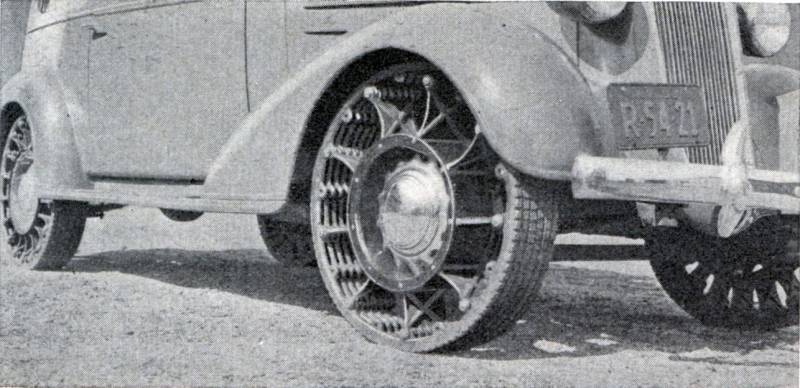
Combined metal-wooden construction of the wheel of J. Martin, USA 30s. Photo Strangernn.livejournal.com
Relative success came to airless tires only with the development of space programs. It turned out that planet rovers of the Soviet Lunokhod or American LRV type should be equipped with wheels without cameras and air. So, the LRV product from the Apollo system received an elastic tire from a metal mesh with a riveted tread. This design was lightweight, dampened impacts, did not require maintenance, and was characterized by high survivability.
Part of the design of airless tires at various stages attracted the attention of the military and even reached the proving ground. In recent years, interest in such developments has been again observed, and this is not only about projects for the armies. Leading tire manufacturers see the airless design as a real alternative to traditional wheels.
However, so far none of the known models has reached the mass production and operation in the military or civilian sphere. Revolutions in the field of running gears are hindered by objective factors.
Modern designs
Consider some of the modern designs of airless tires created in recent decades. So, in the past, the Airless: Resilient NPT project by Resilient Technologies gained wide popularity. It has been developed since 2002 and reached testing at the end of the decade. Using modern polymeric materials, inaccessible in the distant past, American engineers were able to create a very interesting design.
The Airless: Resilient NPT tire is a unified design that includes a central mounting disk, an external rim with a tread, and a special frame between them. The latter is made in the form of a lattice structure of irregular hexagons and trapezoids. The weight of the car is distributed between a relatively rigid rim and grille. At the same time, the elasticity of the structure makes it possible to absorb shock.
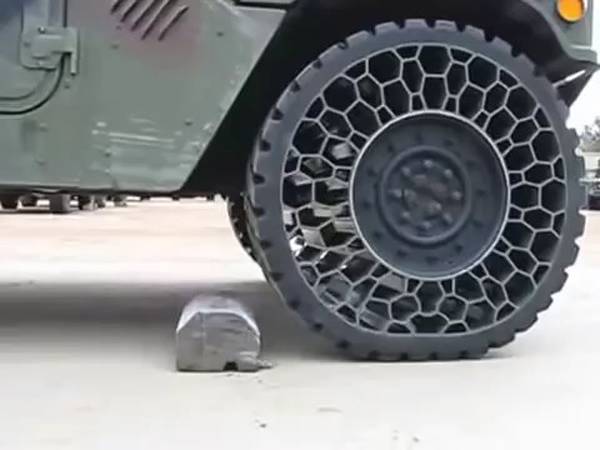
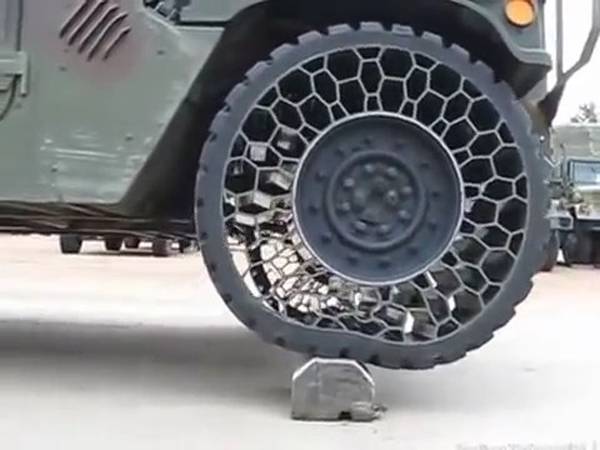
Airless tire: Resilient NPT on an HMMWV when hitting an obstacle. Demo video frame
During the tests, it was possible to show that the Airless: Resilient NPT tire is comparable to traditional pneumatic in depreciation. It is not afraid of punctures and can be used if 30% of the frame elements are damaged. Also received a small gain in mass. However, the product was quite difficult to manufacture, required special materials and had a number of other disadvantages. As a result, tires from Resilient Technologies have still not been included in the army.
In 2005, Michelin introduced the Tweel (Tire + Wheel) tire concept. In this design, the central disk and the outer rim are connected using V-shaped “spokes” extending across the entire width of the tire. The developer talked about reducing weight in comparison with traditional products, increasing the resource, etc.
After testing and refinement, the Tweel tire was developed. Modifications of this product to the technology of different classes have appeared. In 2012, the supply of such tires intended for construction and agricultural machinery began. In the future, new models of such products with a different configuration of elastic elements appeared.
Bridgestone has its own variant of airless tires. She proposes to connect the disk and the rim with curved "knitting needles" arranged crosswise. Such depreciation allowed to increase elasticity while maintaining other characteristics. However, the finished samples had a limited carrying capacity, which reduced the scope.
Other types of airless tires of various kinds are known, which have reached the test or even to production. The search for new solutions continues. Designers try different materials, configurations of elastic elements, etc. However, there are only limited successes.
Advantages and disadvantages
An airless tire with integrated resilient elements offers several important advantages over a traditional pneumatic wheel. It is they that cause the increased interest in such structures, observed so far.
The main plus is increased survivability. The airless tire has no air chamber and is not afraid of punctures. She is also not afraid of side impacts. Depending on the architecture, operability is maintained even with severe damage to the supporting structure. There is no need for pumping and pressure monitoring, which simplifies operation. There is the possibility of rejecting a large and relatively heavy wheel disk. As a result, the complete wheel assembly is lighter, which reduces unsprung mass.
However, there are a number of problems due to which such tires are not widespread. First of all, this is increased demands on materials. It requires rubber or polymer with sufficient elasticity, high rigidity and resistance to various loads. There are also high requirements for the absorption of mechanical energy and its conversion into heat, followed by dispersion.
All this complicates and increases the cost of production. In addition, most tires have a speed limit - usually not more than 70-80 km / h. Further acceleration increases mechanical stress, and also leads to unacceptable overheating.
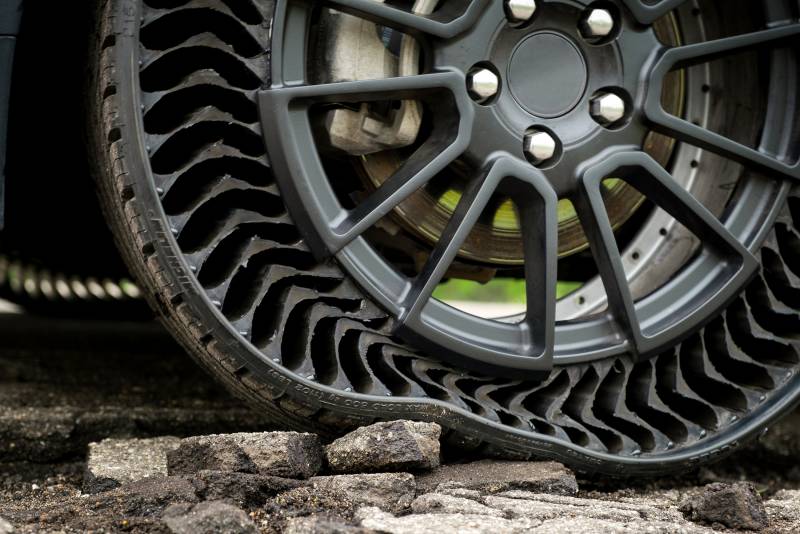
A later sample, Michelin Uptis with a different configuration of elastic "spokes." Photo Michelin / michelinmedia.com
Unlike pneumatic tires, airless tires have constant stiffness, and wheels must be changed to change them. At the same time, the ingress of dirt into the structure through the open sidewalls can adversely affect stiffness and other characteristics. Pneumatic constructions from these points of view are much more profitable.
As a result, airless tires so far find application mainly in the field of light engineering with limited speeds and loads. They are put on golf carts, some buggies, compact construction equipment, etc. The production of tires for bicycles, scooters and other light products has also been launched. The provision of larger samples is still in question.
Promising Curiosity
A specific combination of technical, operational and economic characteristics, as well as a number of significant restrictions, do not yet allow airless tires to enter a wide market and seriously compete with traditional designs. As a result, the tire market does not change - although different companies regularly present various “promising” products.
However, it should be noted that some products of the original design still entered the market and even found their customers. Successes are observed in several rather narrow niches, while the conquest of the main sectors of the market is impossible. There are no objective prerequisites for changing this situation.
Thus, a variety of options for airless tires with integrated elastic elements in general retain the status of a curious solution to an important technical problem - without special prospects in the context of real application.
On the other hand, such projects can have positive results that are not related to the direct use of finished products. The development of such tires is now being carried out by recognized industry leaders with a good scientific and technical base. During the development of airless tires, new materials, technologies and designs can be created. And they can find application in the development and improvement of traditional tires that have real practical and commercial prospects.
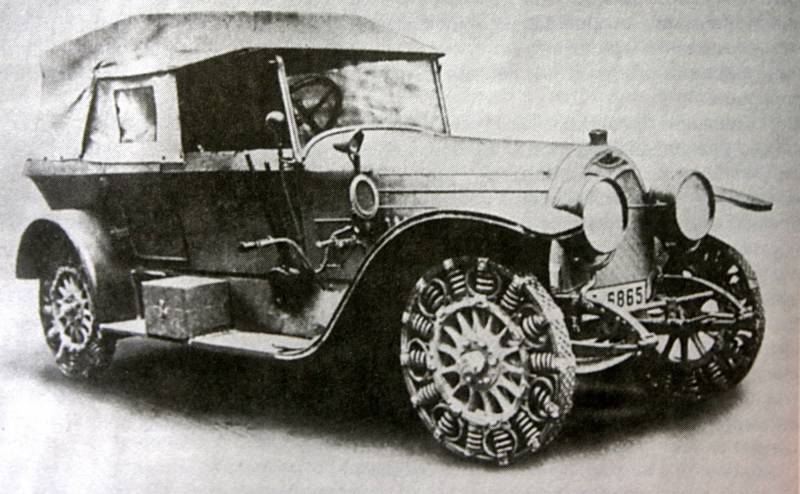
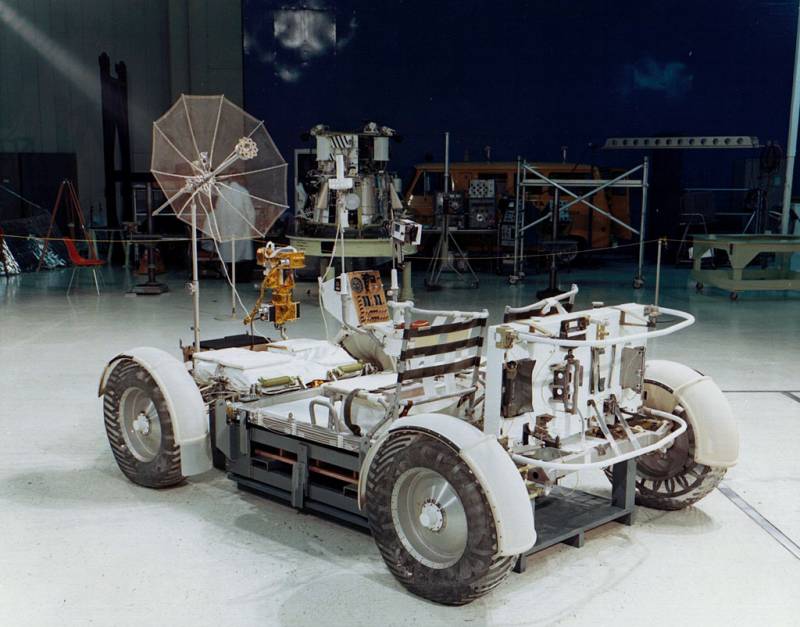
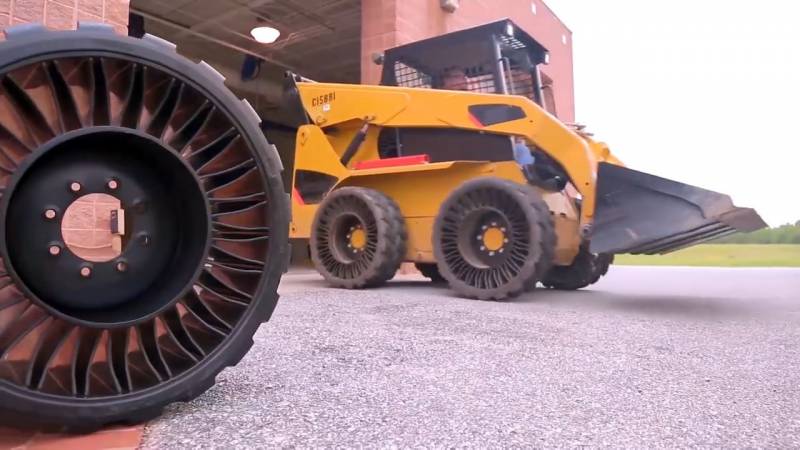
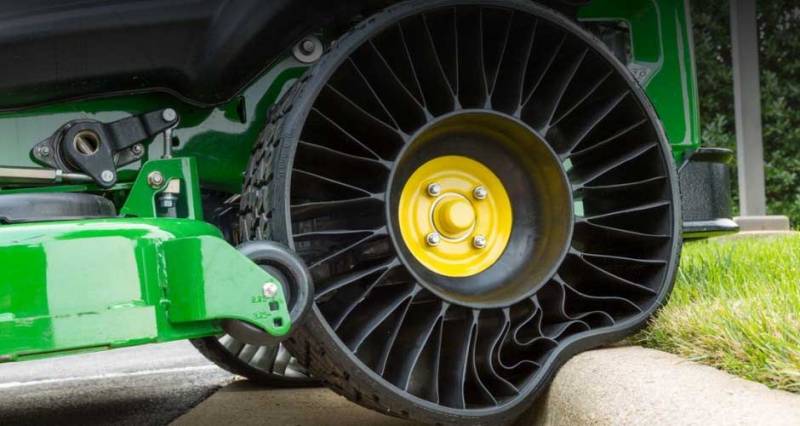
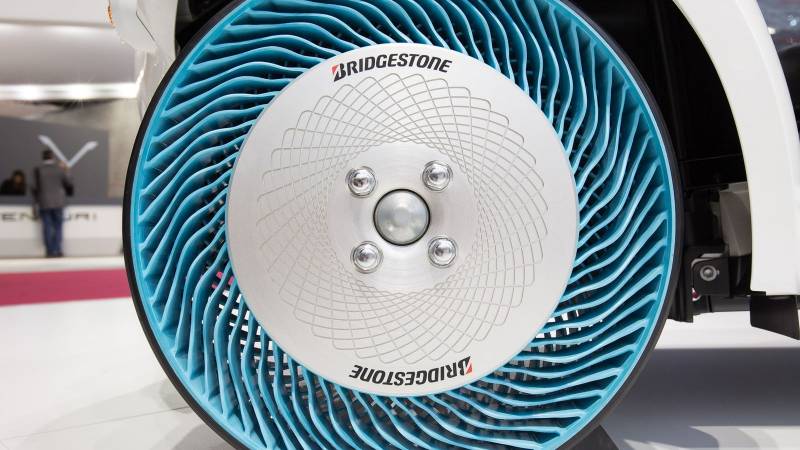
Information